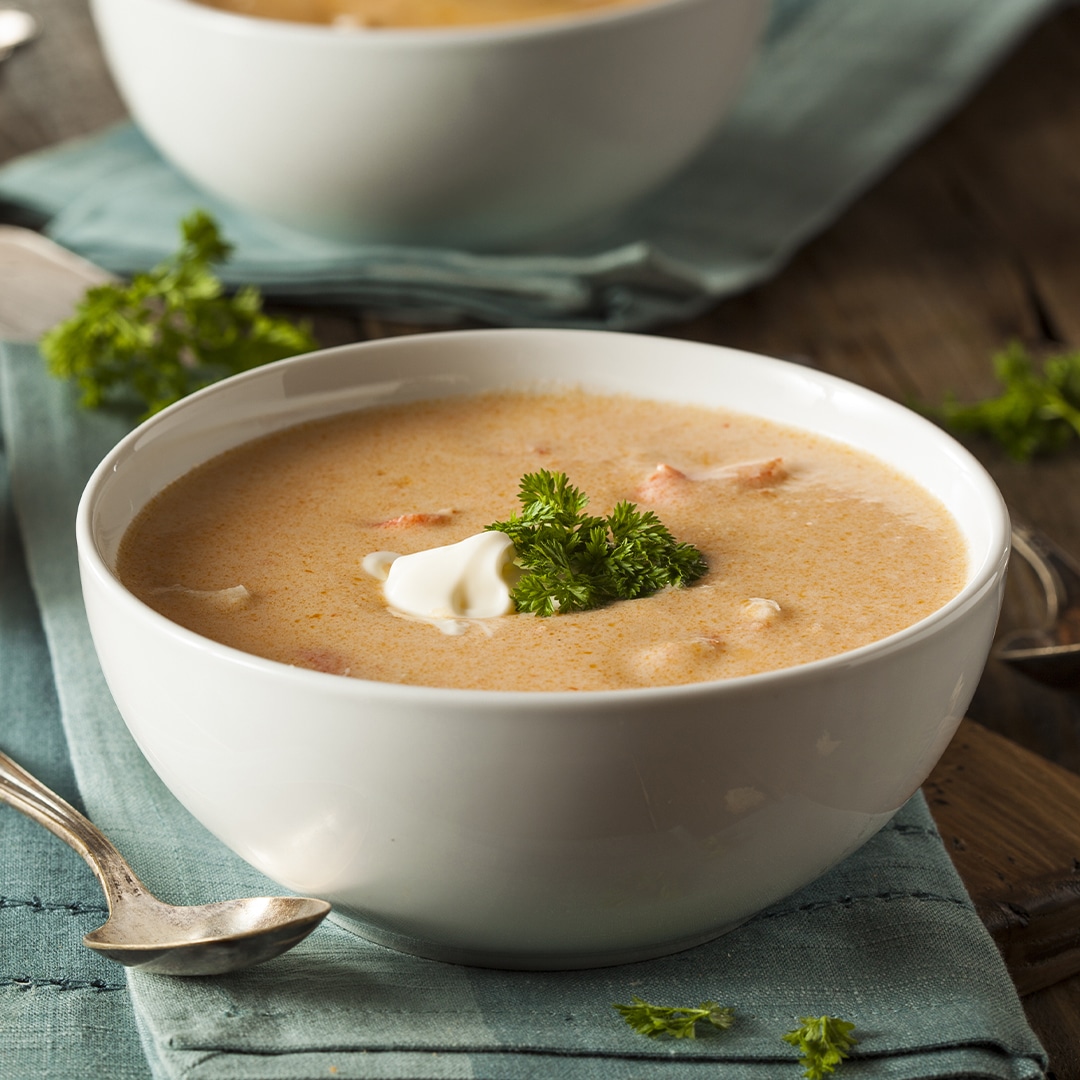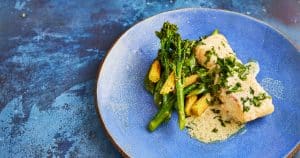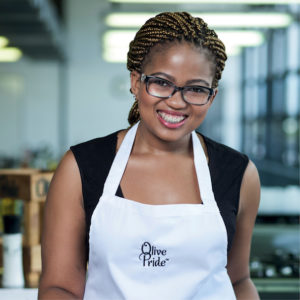If you’ve been wanting to brush up on your cooking vocabulary, look no further than this helpful glossary.
French cooking techniques have influenced global cuisines for centuries and many chefs are still trained in these methods and taught how to make traditional French dishes today.
Aioli
Pronunciation: AH-yoh-lee
Aioli is an emulsion of garlic and olive oil. It has a similar texture to mayonnaise and is also used as a condiment but has a distinctly different flavour.
Au gratin
Pronunciation: oh-grat-an
Au gratin is used to describe any dish that is topped with cheese and breadcrumbs and baked in the oven. It’s typically used in potatoes au gratin, a rich dish of thinly sliced potatoes and cheese sauce.
Bain-marie
Pronunciation: ban mah-REE
A bain-marie (also known as a water bath or double-boiler) is commonly used to cook delicate foods such as custard, crème brulée and cheesecake, or to melt chocolate. It’s also used to keep food warm.
Béchamel
Pronunciation: BAY-sha-mel
Béchamel is a creamy white sauce made from milk that is whisked into a roux. Béchamel sauce is a vital layering ingredient of lasagne.
Bisque
Pronunciation: bisk
A bisque is a smooth, creamy soup, traditionally made using a stock made from shellfish, herbs and cream.
Choux
Pronunciation: shoo
A choux is a light pastry dough typically used to make éclairs and profiteroles. It’s made by cooking flour with water and/or milk and butter, then mixing in eggs off heat to form a pipeable, spoonable consistency.
Confit
Pronunciation: con-FEE
Confit involves slowly cooking and preserving meat (often duck) in its own fat.
Coulis
Pronunciation: koo-LEE
A coulis is a smooth sauce made from puréed or strained fruit. It’s often used as a sauce for desserts or as a topping for cheesecake.
Dégustation
Pronunciation: DAY-goo-stay-shun
Dégustation is the French word for ‘tasting’. A dégustation menu is one that offers you multiple courses. You will often find this type of menu in fine-dining restaurants.
(En) papillote
Pronunciation: on-poppy-YOTE
This is a cooking method that involves wrapping food (usually white fish fillet, such as hake) in parchment paper and baking it. The packet traps steam, resulting in a delicately cooked meat.
Julienne
Pronunciation: joo-lee-en
This chopping technique involves cutting food (usually vegetables, such as carrots) into small, thin strips that resemble matchsticks.
Jus
Pronunciation: zhoo
A jus is a rich sauce made from the juices and drippings from a roast, typically beef. Unlike gravy, it is not thickened with flour but reduced (simmered) until it reaches a thick consistency.
Mirepoix
Pronunciation: MEER-pwah
A mirepoix is a mixture of aromatics, typically onions, celery and carrots, which are slowly cooked on a low heat to sweeten them. It forms the basis of many soups and stews and traditional Bolognese sauce.
Roux
Pronunciation: roo
This mixture of butter and flour forms the basis of béchamel sauce and is used as a thickening agent.
Sauté
Pronunciation: saw-TAY
A basic cooking method that involves frying vegetables such as onions in hot oil or butter on high heat.
Sous vide
Pronunciation: soo-veed
This process involves vacuum-sealing food (usually meat) in a bag and cooking in a water bath at a stable temperature.
Velouté
Pronunciation: ve-loo-tay
Veloute is French for ‘velvety’. It’s a classic French sauce made from a light stock thickened with a roux. It is similar to béchamel but does not contain milk.




